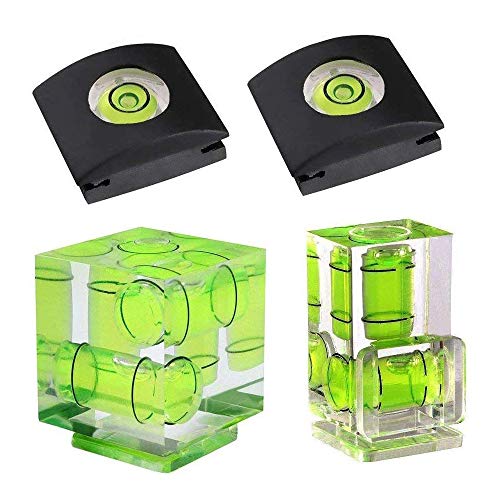Capturing gorgeous panoramic images could look like an amazing process–but it surely doesn’t should be.
So long as you’ve got the suitable gear and the suitable know-how, panorama capturing may be straightforward, enjoyable, and really rewarding!
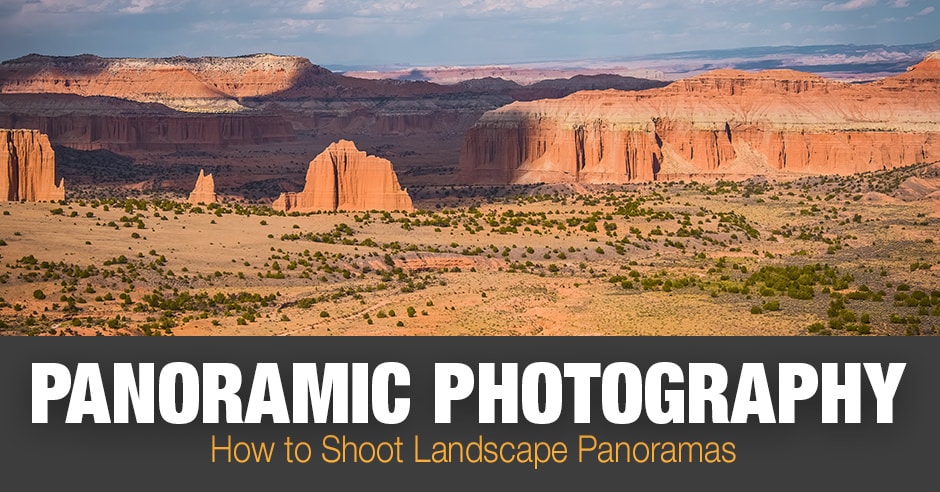
In spite of everything, panoramas will let you create sweeping, breathtaking photographs which might be unimaginable to file in a single shot.
And that’s what I’m going to speak about on this article. I’m going to clarify why you would possibly need to shoot panorama images, the completely different sorts of panoramas you possibly can shoot, and–most significantly–how you need to go about capturing lovely panoramic photographs.
So when you’d like to begin capturing some actually distinctive photographs…
…let’s get began!
What Is a Panoramic Photograph?
A panoramic picture is definitely a mixture of a number of photos. Panoramic images begins out within the discipline, the place you are taking a number of overlapping photographs of the identical scene. And panoramic images continues throughout post-processing, the place you sew the photographs collectively to create one bigger, higher-resolution shot.
Right here’s an instance of what a non-panoramic picture seems to be like:
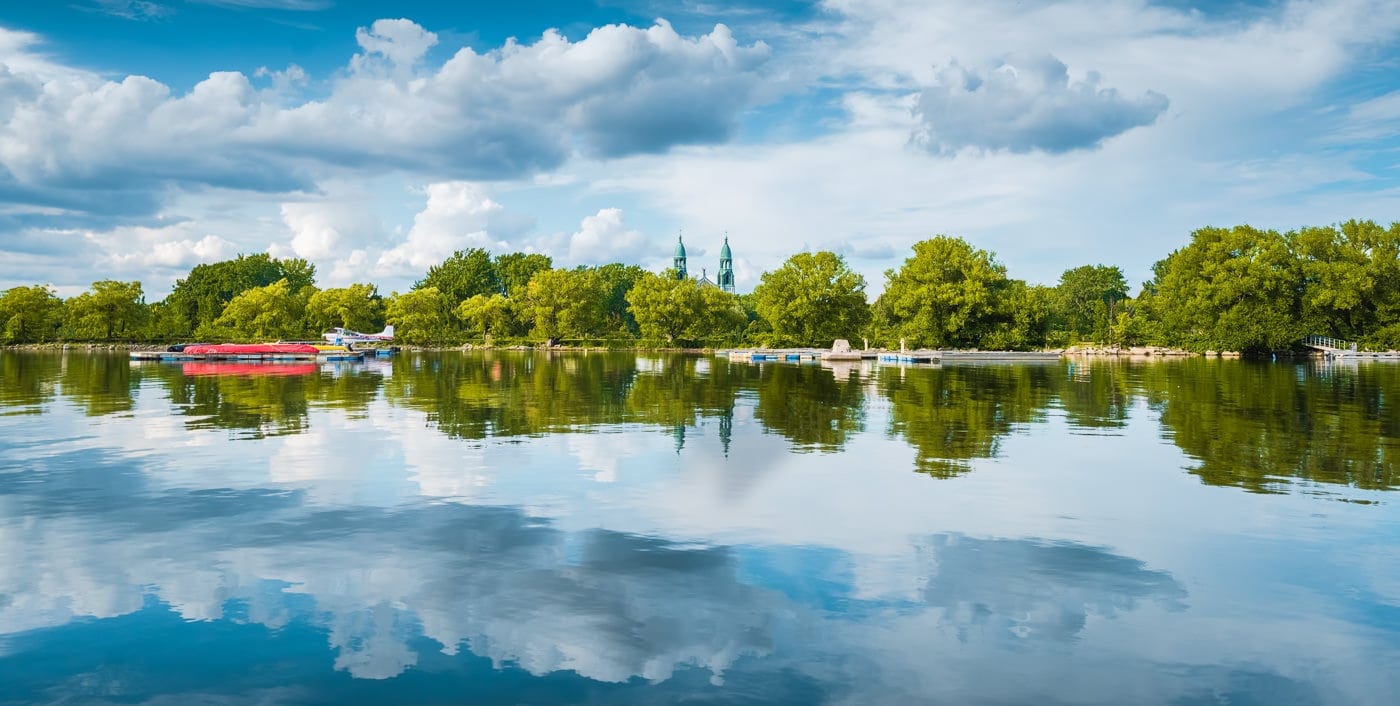
And right here’s the identical scene however photographed as a panorama:
The panorama picture is much more encompassing, proper? You get extra of the scene than your camera-lens mixture might seize with a single shot.
Causes for Capturing Panoramas
I’ve already talked about what a panorama picture really is.
However why would you need to shoot one? What’s the worth in capturing a panoramic picture, particularly when panoramas take way more time to arrange than single photographs?
It turns on the market are 4 easy the explanation why you would possibly need to shoot a panorama.
Let’s check out every one in flip:
1. To Seize a Larger/Wider Slice of Actuality
That is the preferred purpose for doing panoramic images:
It allows you to present extra inside a single last picture.
So when you’re standing earlier than a mountain vary, you gained’t should resolve which peak to {photograph}; as a substitute, you should use a panorama to encapsulate the complete scene.
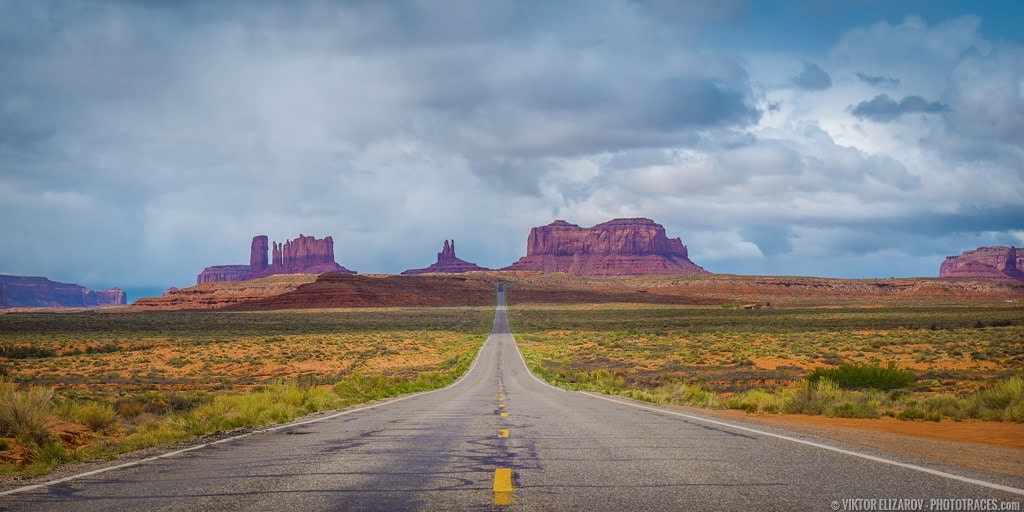
Word that you are able to do this with telephoto lenses, wide-angle lenses, or something in between as a result of there’s no focal size restriction in relation to panoramic images.
Simply keep in mind that a panorama will show a wider discipline of view than your present lens can present (so a telephoto panorama would possibly provide the equal discipline of view to a wide-angle lens, and a wide-angle lens would possibly provide the equal discipline of view to an ultra-wide lens).
2. To Keep away from Perspective Distortion of Vast-Angle Lenses
The broader your lens, the extra it’ll be affected by perspective distortion, the place nearer objects loom massive within the body and distant objects look tiny. Whereas this isn’t all the time an issue–in reality, it’s what permits panorama photographers to emphasise foreground topics–there are occasions whenever you need to hold all objects trying comparable in dimension.
That’s whenever you flip to panoramic images.
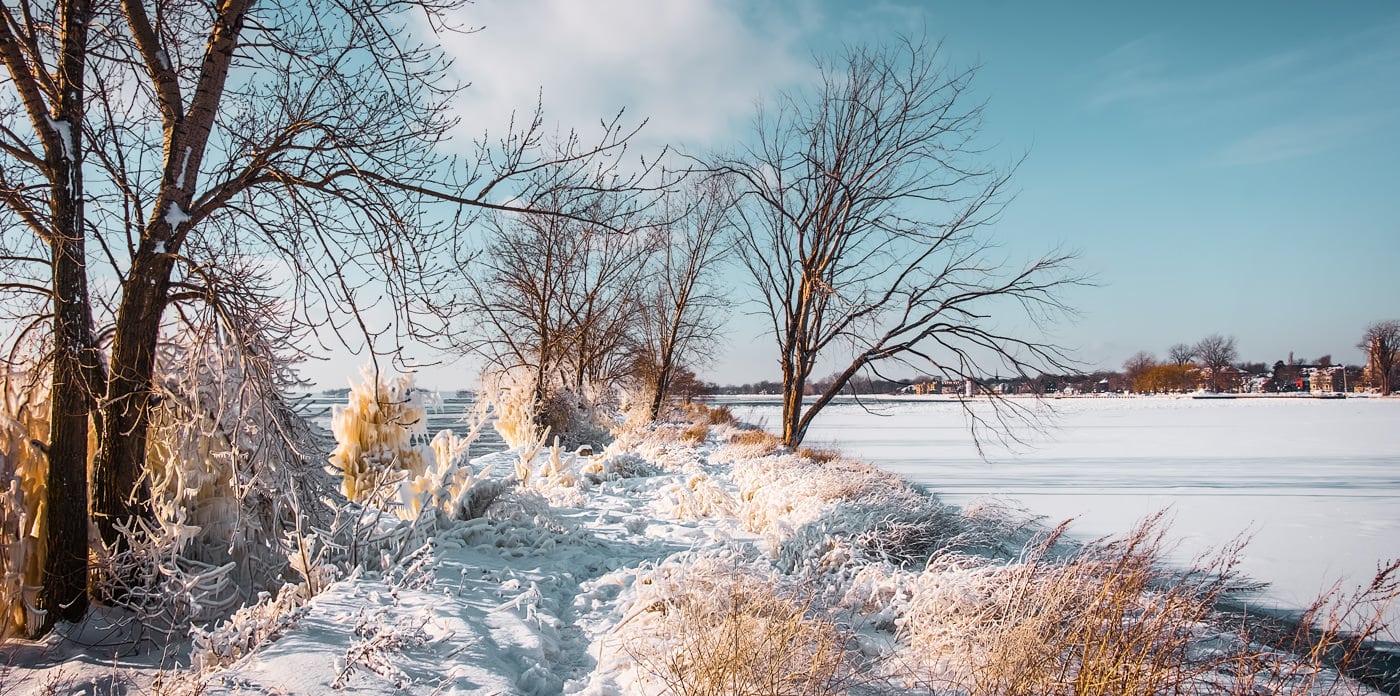
Bear in mind how I stated you possibly can get a wide-angle discipline of view utilizing a telephoto lens? That’s what the aim is, right here: to shoot with an extended focal size, unaffected by wide-angle perspective distortion, but nonetheless get the broader, expansive discipline of view.
So by capturing your “extensive” panorama with a telephoto lens, you may get a a lot much less distorted picture.
3. To Produce Increased Resolutions for Printing
The extra decision it’s important to work with, the larger you possibly can print, and the higher your print will look when seen from shut up.
Now, a traditional picture taken with a 24 MP sensor would possibly will let you comfortably print a 14×20 picture.
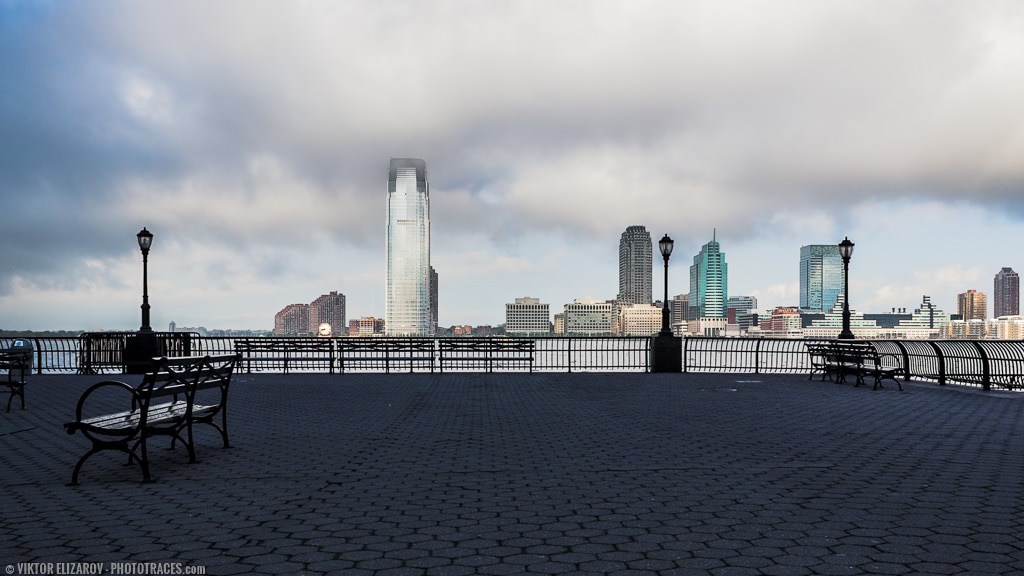
However with a 3-shot panorama, you’re working with 72 MP of information, not 24 megapixels of information. And although elements of the photographs will overlap (see my dialogue of the right way to really take a panorama, beneath), you’ll nonetheless have a lot extra knowledge to work with, which interprets to enhanced printing capabilities.
As an example, you would possibly find yourself with round 48 distinctive megapixels, which suggests you possibly can print at round 26 x 20 and get a pleasant consequence, even when viewing the print from shut up.
Make sense?
4. To Create Extremely Vast-Angle Pictures
Right here’s the ultimate purpose to do panoramic images:
In case your widest lens isn’t extensive sufficient.
Say you need to seize a shot of a waterfall, one which exhibits off the grandeur of the falls with out leaving something to the creativeness. However you’re standing on a ledge and also you nonetheless can’t embrace the complete scene in your body.
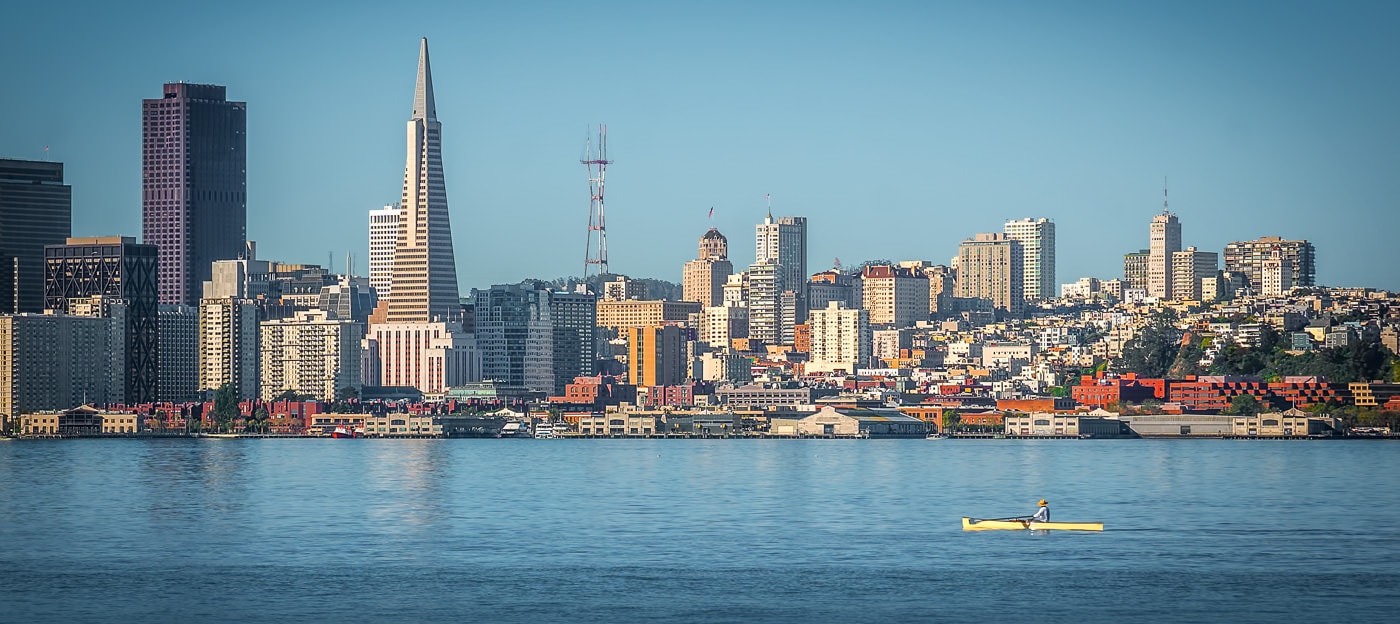
That’s whenever you shoot a panorama. You seize a number of photographs that embody the complete falls, then you definitely sew them collectively later for an ultra-wide consequence.
Kinds of Panoramas
Relying on the consequence you’re after, you’ll need to contemplate certainly one of these three panorama sorts:
Single Row Vast Panoramas
These are normal panoramas, utilizing a number of photos merged collectively to create a wider picture than you’d usually have the ability to seize.

The ultimate result’s horizontal in its orientation, however–usually talking–the unique RAW photos will probably be vertical.
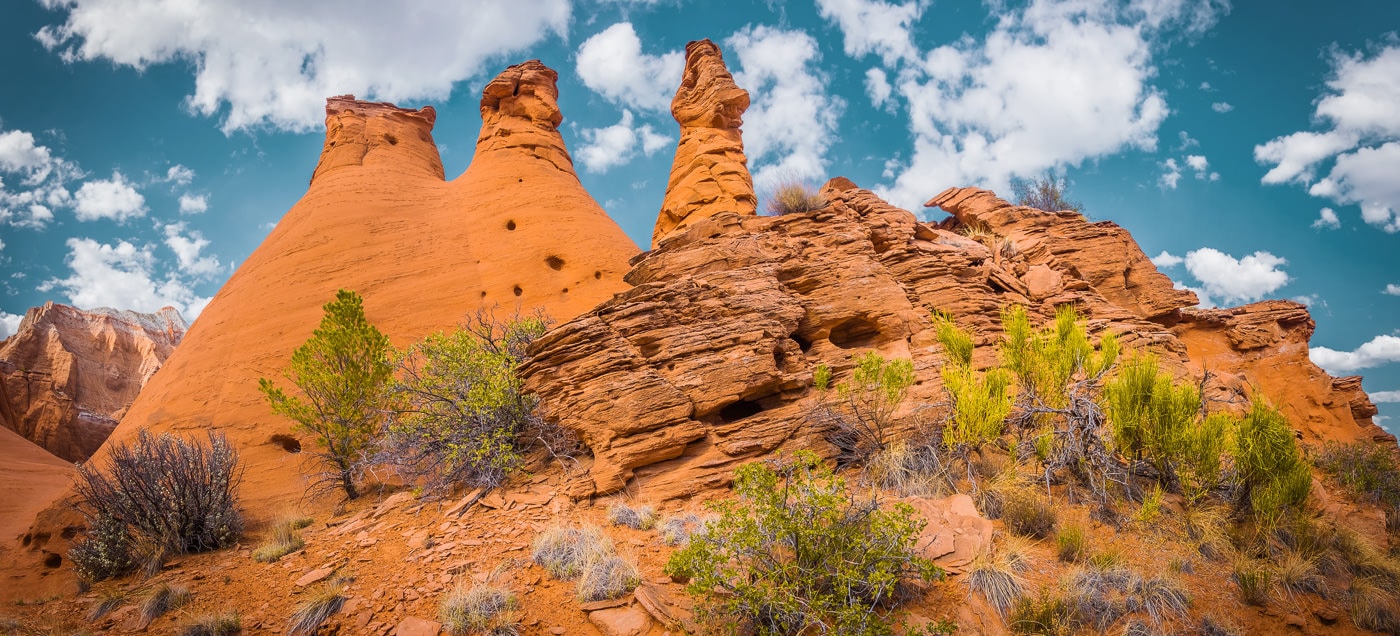
Vertical Panoramas
Vertical panoramas are like extensive panoramas, however oriented vertically.
So as a substitute of capturing a sweeping shot that encompasses the complete panorama, you should use them to {photograph} a vertical topic, such because the panorama plus the sky, an enormous waterfall, or an enormous mountain.
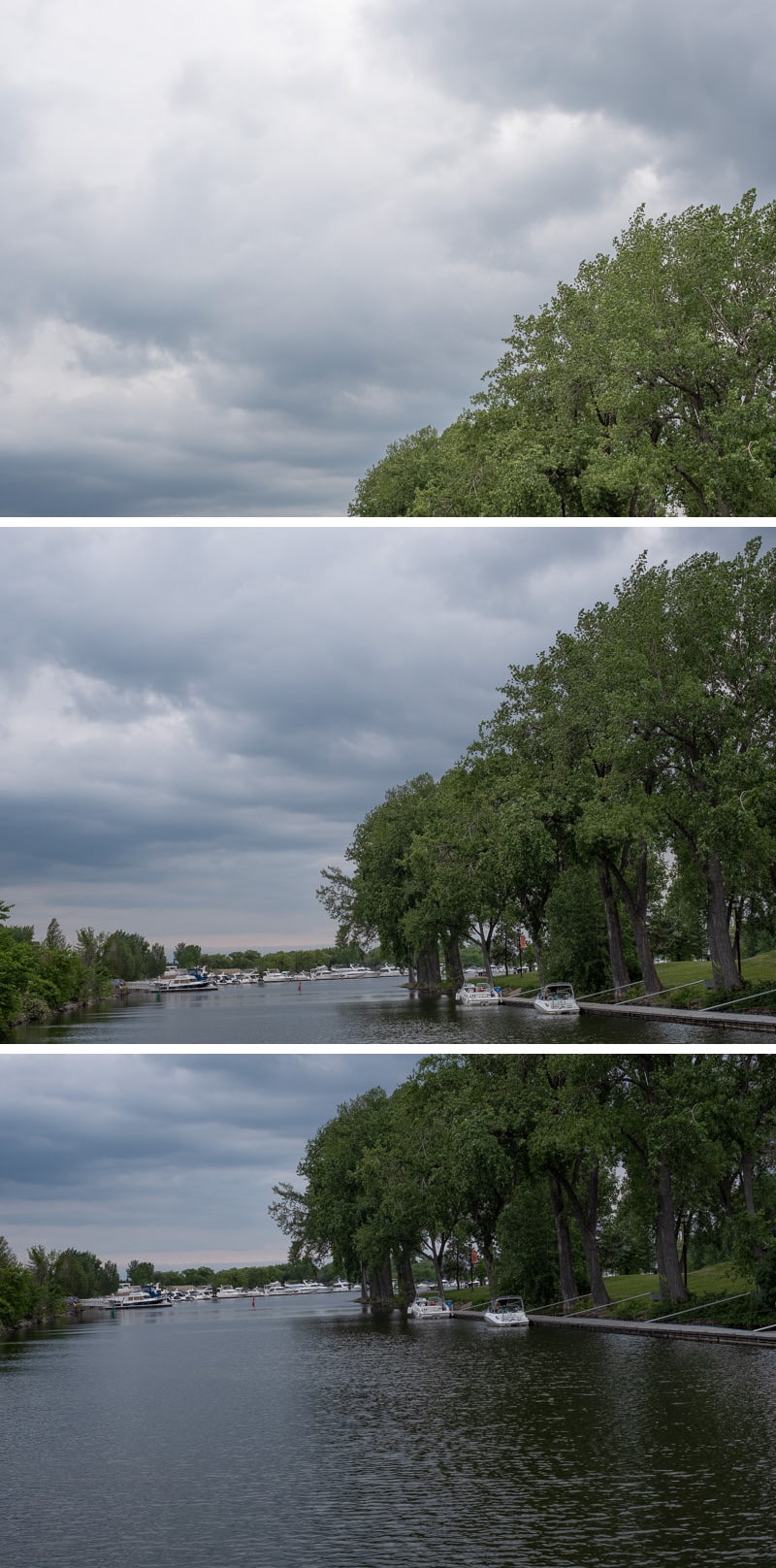
Word that vertical panoramas usually begin as separate horizontal photos which might be then stitched to grow to be a single vertical picture.
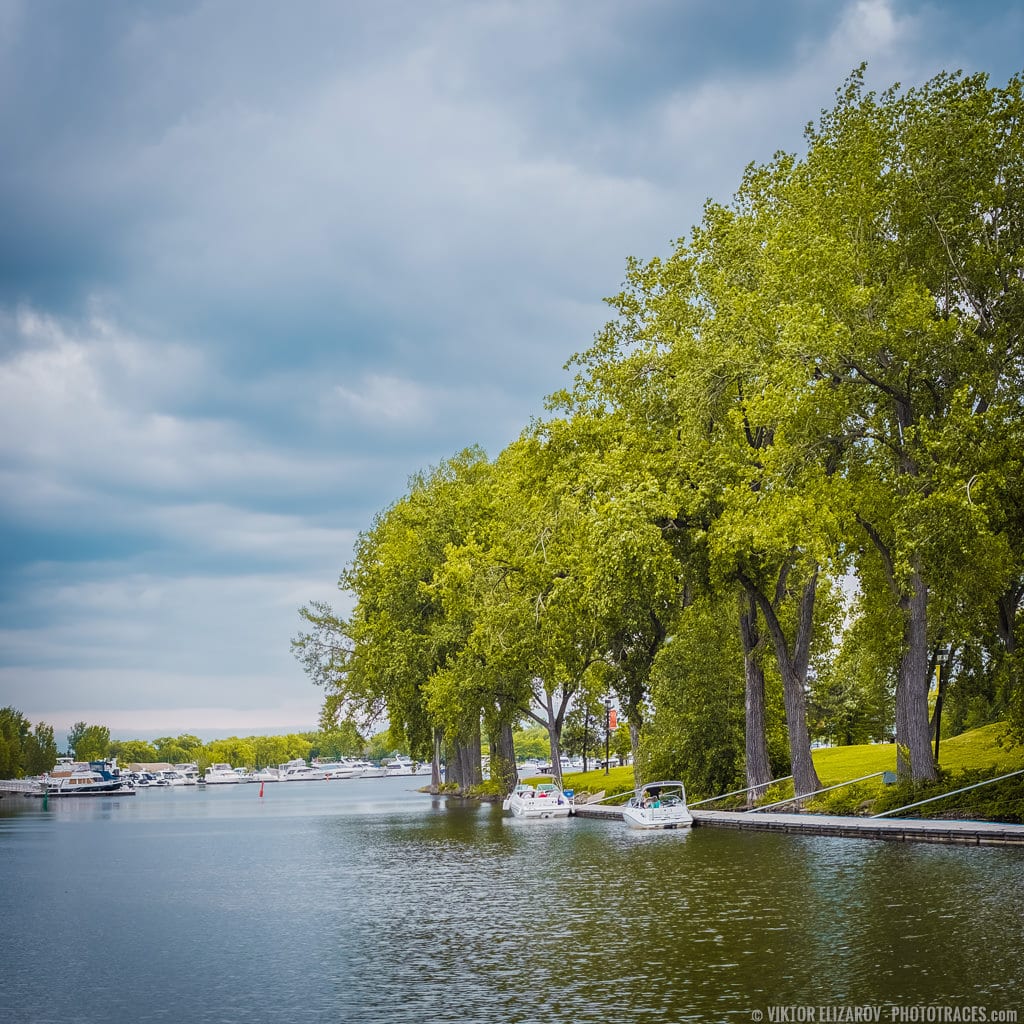
Multi-Row Panoramas
Multi-row panoramas are like deluxe panoramas, since you seize a number of rows of panoramic photos, all with a number of overlap.
So that you would possibly seize three photos within the prime row, then shift down barely and seize three photos within the center row, after which shift down once more and seize three photos within the backside row.
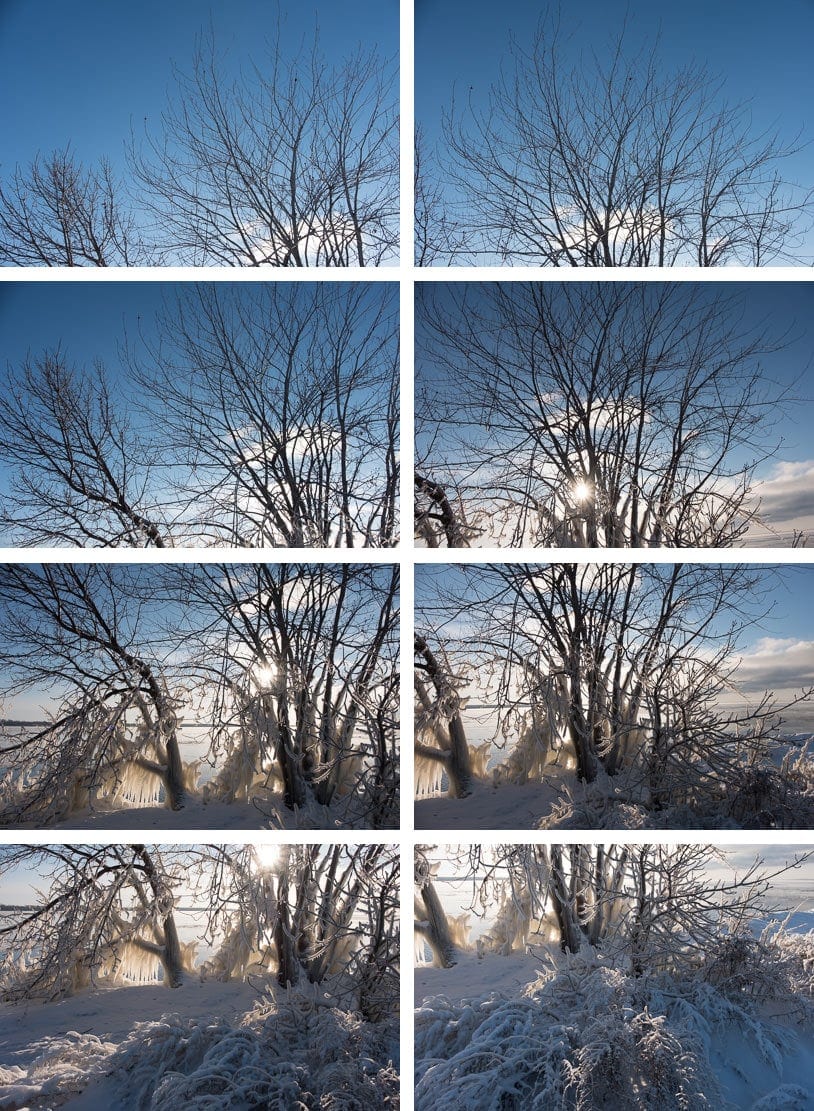
You’d finally find yourself with 9 separate photos, which might then be stitched collectively for one large, high-resolution consequence.
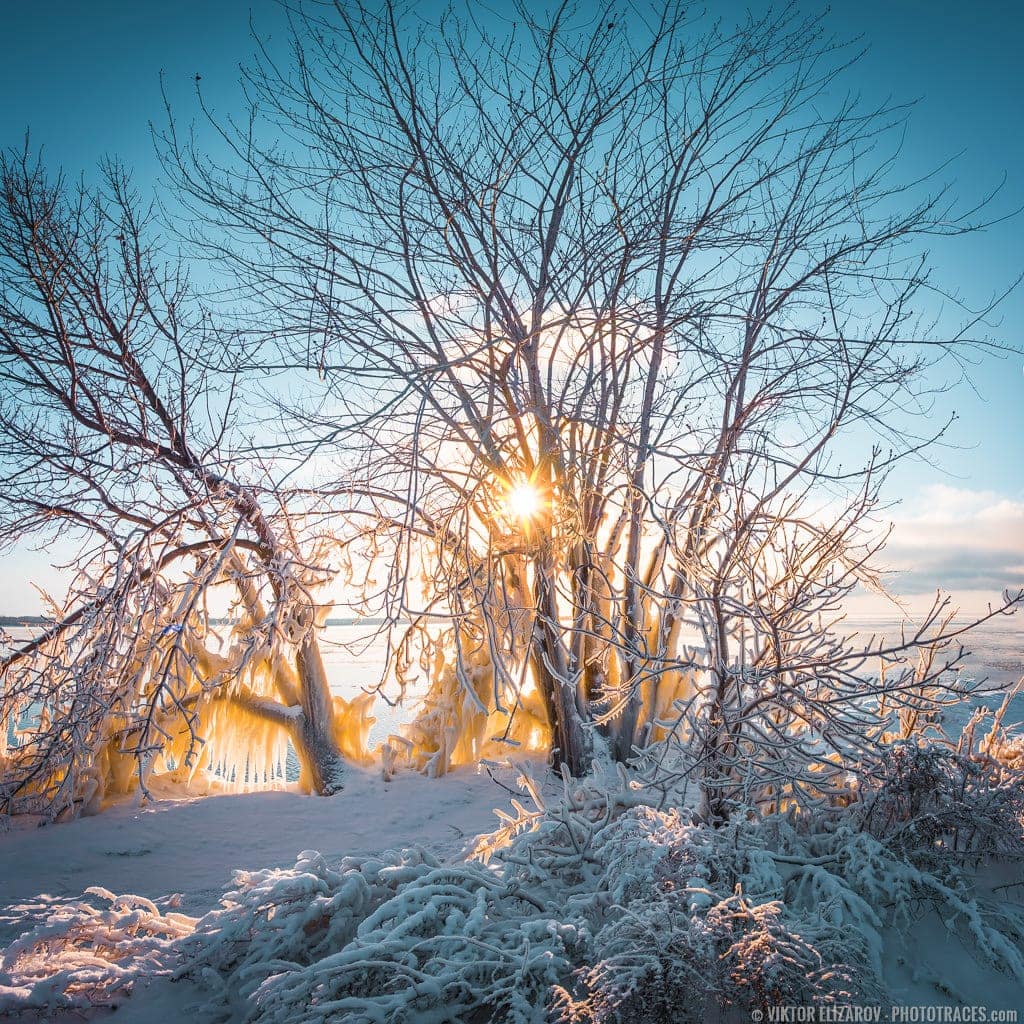
Tools Used for Panorama Panoramas
Right here’s the gear you want for good panoramas:
Important Tools
If you wish to seize panoramas, you want a digicam and a wide-angle lens. That’s all.
You is perhaps questioning:
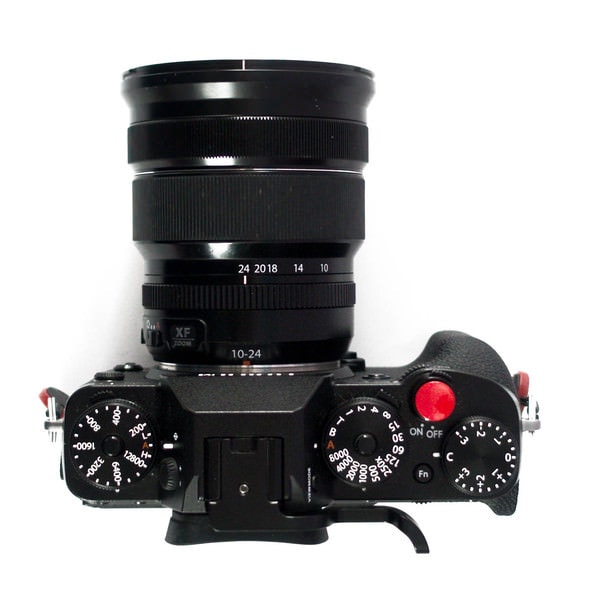
What a couple of tripod?
However the fact is, whereas tripods are very helpful for panoramic images (see the following part!), they’re not needed. You are able to do handheld panoramas, or you possibly can perch your digicam on one thing stationary (like a desk) earlier than capturing.
Fascinating Tools
If you happen to’re keen on doing panoramas commonly, I like to recommend getting your self some devoted gear.
Tripod
First, you’ll desire a tripod, ideally one which comes with a stage (so to make sure the tripod floor is flat earlier than mounting your digicam).
Degree
If you happen to don’t have a stage, you possibly can all the time buy one and mount it to the highest of your digicam (by way of the recent shoe).
Second, you’ll desire a tripod head. There are particular panorama heads that will let you rotate your digicam easily, however you’ll additionally do exactly fantastic with an ordinary ball head.
Shutter Distant Launch
Third, you need to seize a distant launch. This may will let you set off your digicam’s shutter remotely–to stop digicam shake from urgent the shutter button. Whereas it’s attainable to make use of the self-timer, I personally desire a distant launch, which is quicker and fewer annoying to work with.
Skilled Panoramic Setup
If you happen to’re knowledgeable who focuses on panoramic images, otherwise you merely have to constantly seize expert-level panoramas, then you definitely’ll need to contemplate including a particular tripod head to your equipment, one designed for panoramic work.
You’ll additionally need to buy a nodal slide, which is a small piece of metallic that positions your digicam out over the tripod, like this:
What’s the purpose of a nodal slide?
Properly, a nodal slide is designed to fight parallax. That is one thing people expertise on a regular basis; whenever you have a look at an in depth object, then transfer your head, you’ll discover that the shut object strikes in relation to the background.
While you’re taking a collection of panoramic photographs and rotating your digicam, you’ll find yourself with parallax, too, particularly when you have any foreground objects in your scene.
The answer is a nodal slide, which repositions your digicam in order that it rotates round a degree (the nodal level, it’s referred to as) and eliminates parallax.
How one can Shoot Panoramic Photographs
Now that you simply’re conversant in the several types of panoramic images and why you would possibly need to take a panorama, the precise capturing course of must be a chunk of cake!
Right here’s the way it works:
Step 1: Compose Your Photographs and Select an Orientation and Route
An awesome panorama begins with composition.
Search for attention-grabbing foreground parts, attention-grabbing middleground parts, and attention-grabbing background parts. Attempt to ensure each a part of your scene has a goal.
Resolve whether or not you’re going to take a vertical panorama, a horizontal panorama, or a multi-row panorama.
Additionally observe any transferring objects within the scene. If the objects aren’t important to the composition, then I’d advocate ready for them to cross by (although you possibly can all the time shoot a number of photos and masks the transferring object out later, or you possibly can simply clone it out).
Step 2: Set Up Your Digicam, Making Certain It’s Degree
Now it’s time to arrange your digicam.
First, you’ll need to place it within the right orientation. If you happen to’re doing a vertical panorama, you’ll in all probability need to go together with a horizontal orientation (as a result of it’ll forestall your picture from turning into ridiculously tall and really skinny), and when you’re doing a horizontal panorama, you’ll in all probability need to do the alternative.
If you happen to’re handholding, ensure you’re in a secure place. If you happen to’re utilizing a tripod, prepare the legs fastidiously.
Bear in mind: The extra stage your digicam, the higher the panorama will end up. That is the place a spirit stage is useful, and whilst you don’t have to work with one, it’ll forestall you from shedding element on the edges of your body.
Step 3: Set Your Publicity for Each Panoramic Picture
For one of the best outcomes, I like to recommend utilizing Guide mode to set your publicity. Merely meter off a impartial portion of the scene, then dial on this publicity and don’t change it.
You can even use Aperture Precedence, however you’ll have to lock the publicity earlier than the primary shot (and hold it locked whereas capturing).
Your publicity shouldn’t change whereas capturing. If it does, it isn’t the tip of the world–panoramic stitching software program can deal with this gorgeous nicely–but it surely’s a good suggestion to get it proper from the start.
Step 4: Manually Set Your Focus (Utilizing Commonplace Depth of Discipline Calculations)
Subsequent, it’s time to decide on your level of focus. You’ll need to purpose for the hyperfocal distance, and also you’ll have to lock this for the complete collection of photographs (which is why I’d advocate utilizing guide focus).
Keep in mind that you simply gained’t get any further depth of discipline resulting from a wider panoramic discipline of view. The ultimate picture will make you appear farther away out of your topic, however the depth of discipline will stay the identical. So do your hyperfocal distance calculations utilizing your lens’s focal size (as when you have been capturing a traditional shot).
Step 5: Take the Photographs With at Least 30% Overlap Between Every File
Lastly, it’s time to seize your panorama.
You’ll need to begin on the leftmost (or bottommost) a part of the composition, take a shot, shift your digicam barely, take one other shot, shift your digicam barely extra, and so forth, till you’ve captured the complete scene.
Ensure you embrace enough overlap between every shot, in order that your stitching software program can simply line up the photographs later; I’d advocate going with not less than 30% overlap, and something greater than this can even work fantastic (however an excessive amount of overlap will waste photographs and take further time).
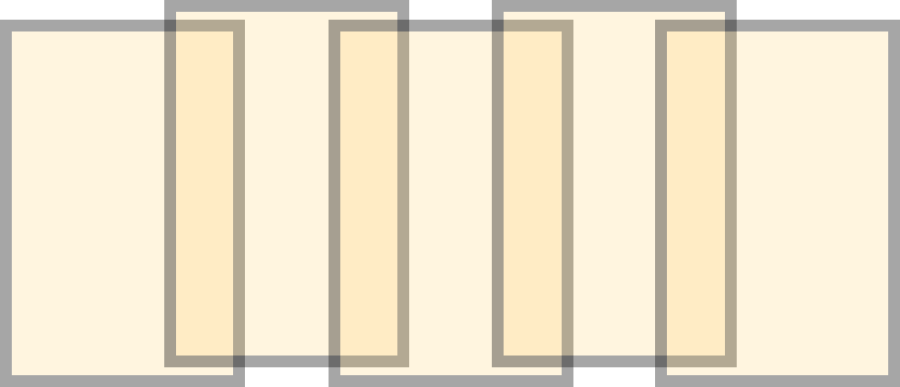
However, once I shoot panoramas handheld, I usually go for as much as 50% overlap to ensure I’ve sufficient pixels for stitching.
Now, when you take a number of panoramas, then the enhancing can get complicated. You’ll have tons of of barely overlapping recordsdata and no approach to inform which photographs go collectively.
It’s a good suggestion to begin each panorama sequence with a shot of your finger, and finish each panorama sequence with a shot of your fist. If you wish to make issues even simpler, level your finger within the route of the panorama, so you possibly can simply reconstruct your collection of photographs in a while!
Conclusion
Doing panoramic images isn’t onerous, and it may give you nice outcomes!
So ensure you keep in mind the steps from this information.
And also you’ll have the ability to seize gorgeous panorama photographs everytime you like!
By the way in which, ensure you verify again for our subsequent article, the place we’ll present you the right way to sew your panorama photos collectively for one of the best ends in Lightroom and Photoshop.



